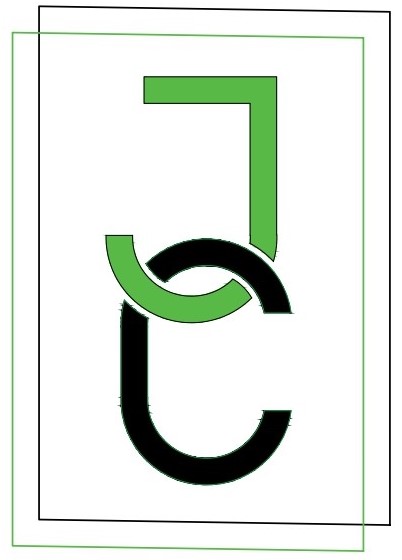Content
Balance sheet readers cannot only see the actual cost of the item; they can also see how much of the asset was written off as well as estimate the remaining useful life and value of the asset. bookkeeping for startups Contra assets may be stated in separate line items on the balance sheet. There are four key types of contra accounts—contra asset, contra liability, contra equity, and contra revenue.
The accumulated depreciation account is perhaps the most common contra asset account used by business owners. Contra asset accounts provide business owners with the true value of certain asset accounts. For example, let’s say your accounts receivable balance is currently $11,500, https://marketresearchtelecast.com/financial-planning-for-startups-how-accounting-services-can-help-new-ventures/292538/ but you’re not entirely sure that you’ll be able to collect the entire balance due. Another type of contra account is known as “contra revenue,” which is used to adjust gross revenue to calculate net revenue, i.e. the “final” revenue figure listed on the income statement.
How Are Contra Accounts Reported in Financial Statements?
Expense accounts are technically contra equity accounts because they are linked to another equity account, revenue, and maintain an opposite balance. The expense account uses its debit balance to reduce the revenue account’s credit balance. Overall, contra accounts are offsetting balances that are the opposite of specific accounts. There are several examples of contra accounts, including accumulated depreciation, accumulated depletion, accumulated amortization, allowance for receivables, etc. These are all examples of contra asset accounts, which are the prevalent type of contra accounts.
Increase in assets would be a great sign for an organization’s success. You can estimate the total to record in the allowance for doubtful accounts based on uncollectible revenue totals from the previous year or you can conservatively estimate the amount. This account serves two purposes — tracking total depreciation expenses while providing you with the accurate book value of the asset being depreciated. Still, the dollar amounts are separately broken out in the supplementary sections most of the time for greater transparency in financial reporting.
Closing Entries, Sales, Sales Returns & Allowances in Accounting
Asset accounts always maintain a debit balance, so anytime that you increase the value of an asset, such as when you deposit customer payments or invoice a customer, that asset account is debited or increased. Likewise, when you pay a bill, your cash account is reduced (credited) because you’re lowering the balance. This type of reporting allows anyone analyzing the balance sheet to understand much more about the company and its assets than if they were to simply look at the net value of the depreciated asset.
- The allowance for doubtful accounts appears on the balance sheet and reduces the amount of receivables.
- By recording reductions in a separate account, companies can get better insights into their actual accounts.
- Contra accounts play a major role in estimating the book value of an asset.
- As mentioned, CA accounts are usually listed below their matching asset accounts, and the net values of those assets are written next to the contra accounts.
